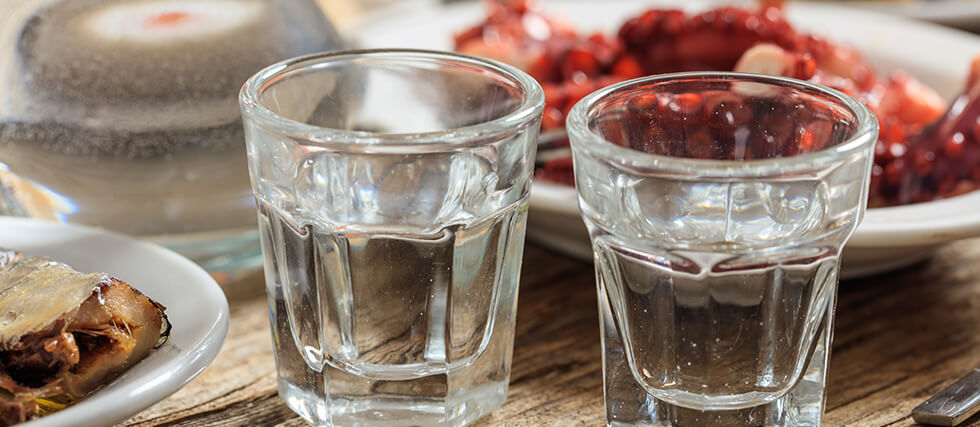As warmer days roll in and we spend more time soaking up the sun, staying hydrated becomes essential. But how much water do you really need? Forget the one-size-fits-all “8×8 rule” (eight 8-ounce glasses a day). According to registered dietitian Renee Fitton, hydration needs vary based on your size, activity level, health, climate—and yes, even altitude.
While the “8×8” is a helpful starting point, it’s not the gold standard. The closest science-backed recommendation is about 125 ounces per day for men and 91 ounces for women, including water from beverages and food. Yes, your smoothie, soup, and even fruits like watermelon count toward your total!
You might need more water if you’re on your feet all day, exercising regularly, living in a hot climate, pregnant or breastfeeding, or noticing signs like dark urine, dry mouth, or muscle cramps. The best hydration hack? Check your pee: light yellow means you’re doing great, dark yellow means drink up!
Hydration Hacks to Make It Easy:
- Pair water with daily habits (like brushing your teeth or eating meals).
- Keep a bottle visible and accessible throughout the day.
- Use apps like WaterMinder to stay on track.
- Sip consistently—don’t chug only when you’re parched.
Bonus Tip: Grow Your Own Produce for Hydration Power
Many fruits and veggies are water-rich and can help you stay hydrated. Growing your own—even just in patio containers—is an easy, fun way to boost your water intake naturally. Think cucumbers, tomatoes, lettuce, strawberries, and herbs. Plus, homegrown produce is fresher, more nutritious, and free of chemicals. It also encourages you to eat more plants—something your brain, body, and skin will thank you for.
So whether it’s a tall glass of water or a handful of juicy cherry tomatoes, hydrate smart—and grow something good!








